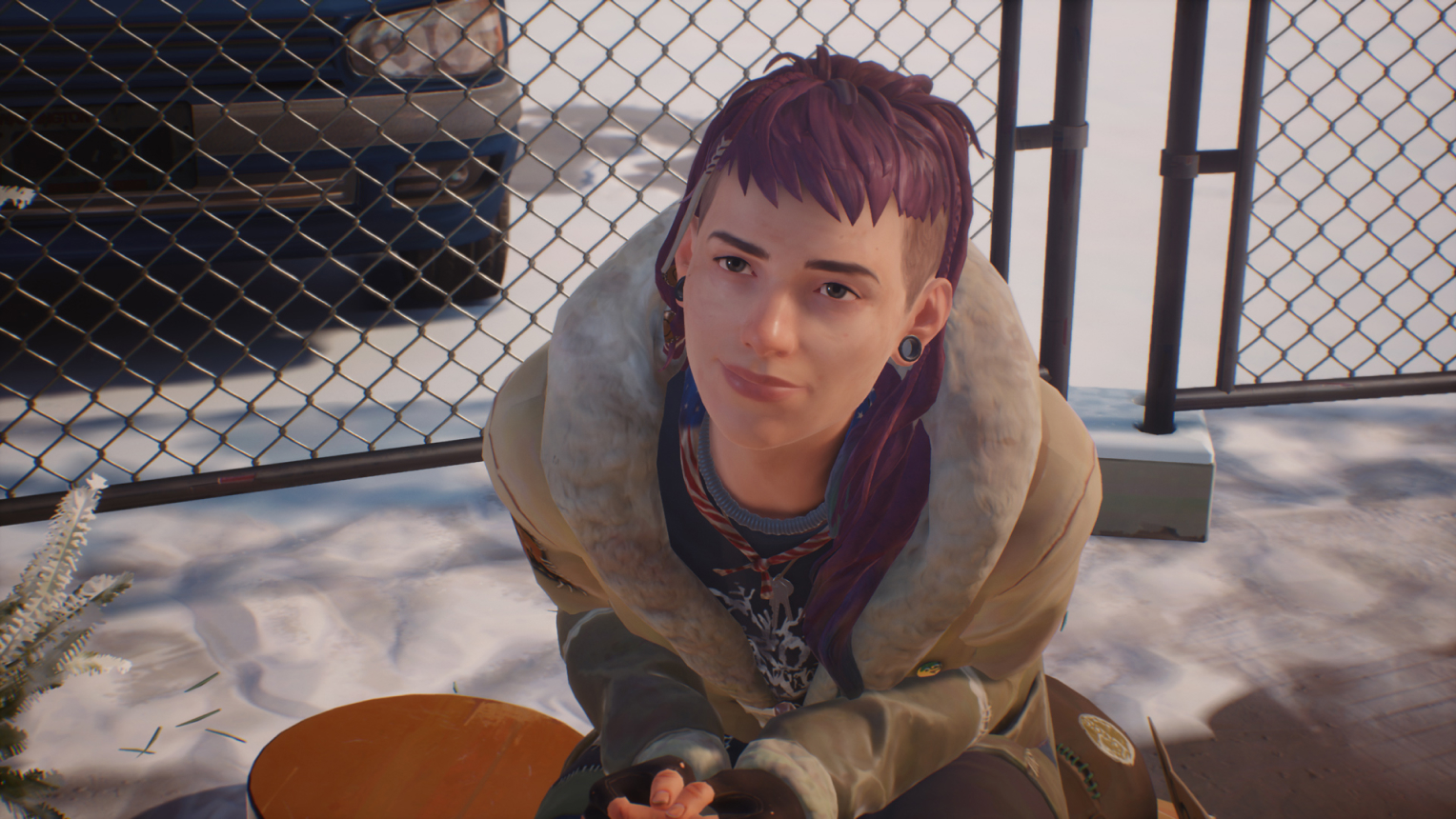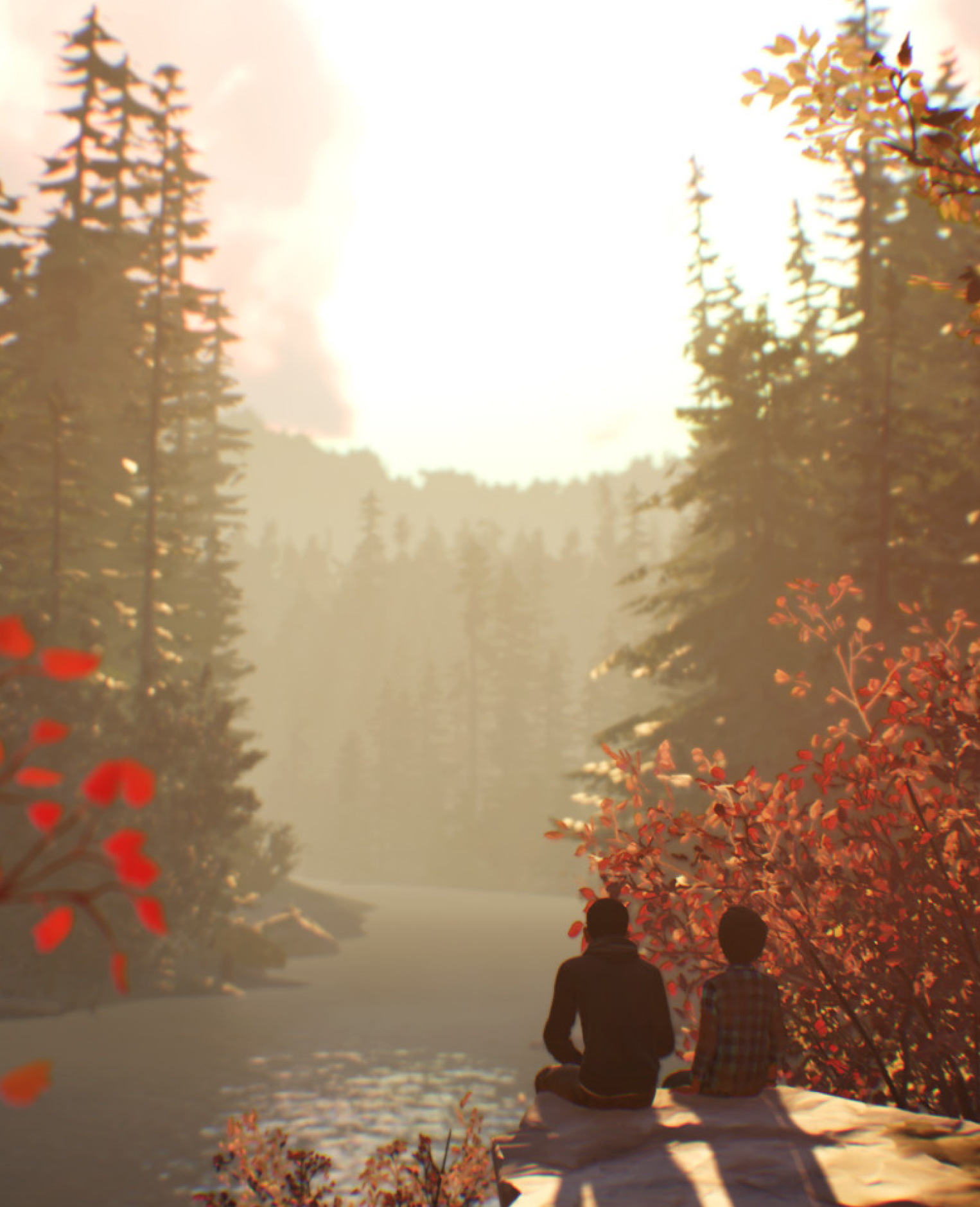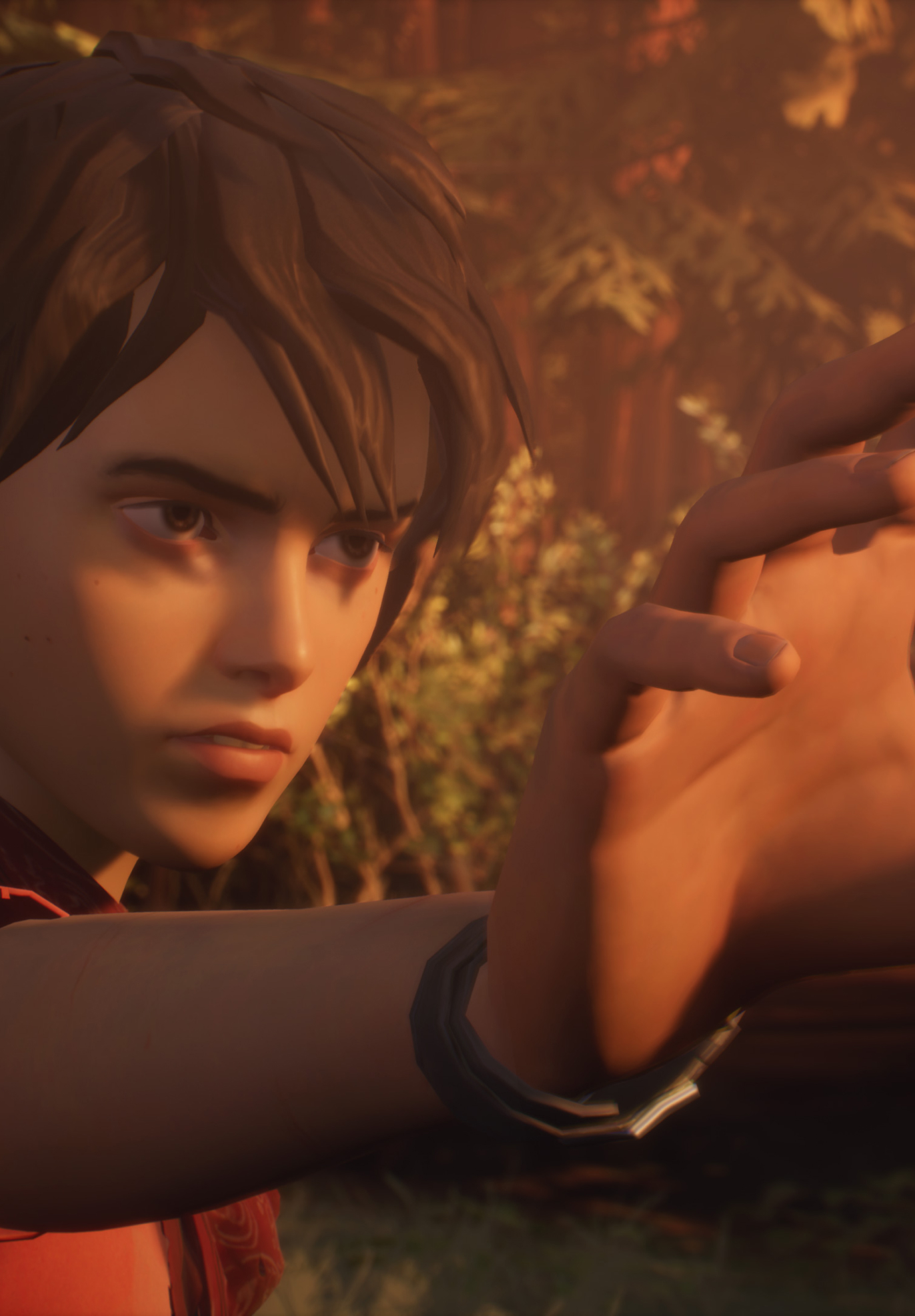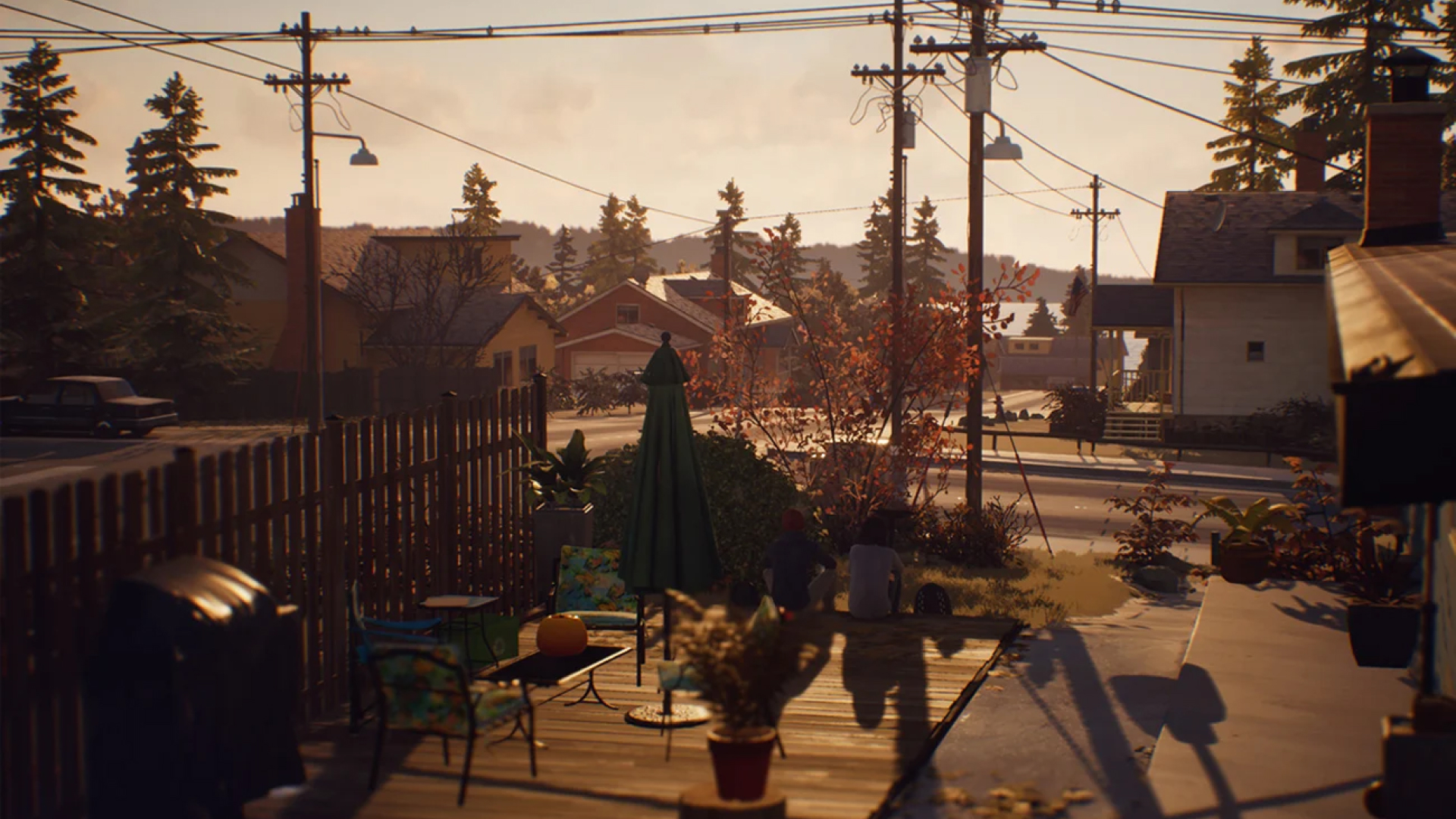
Square Enix and Dragons Lake


The original version of Dontnod's Life Is Strange 2 – a narrative-driven adventure game with choice-based gameplay – was launched in an episodic release format between September 2018 and December 2019 for Microsoft Windows, PlayStation 4, and Xbox One.
For a while, it didn't look like Square Enix was going to port the game to Nintendo Switch. In the meantime, they brought Life Is Strange Remastered Collection over to Switch and Stadia, and launched a new game – Life Is Strange: True Colours.
Our team at Dragons Lake helped port True Colors to Switch (see our case study) making it one of the most impressive ports ever. We're really thankful to Square Enix for appreciating our efforts on the previous project and giving us the chance to bring our expertise to help port Life Is Strange 2 to both Switch and Stadia.

One of our main goals in this project was to make the adaptation for Switch and Stadia play and feel as if the developers of the original game had designed it with these platforms in mind from the get-go. But tailoring and fine-tuning a game like Life Is Strange 2, which was first released in 2018 – almost 5 years ago – to other platforms always comes with risks involved.
The fact that the game ran on an engine that didn’t support Stadia was one such risk. Also, LiS 2 has some “expensive” features in terms of performance and we needed to create a workaround to adapt them to a platform like Switch.
We addressed all these challenges without going into overtime or working weekends. Thanks to our in-depth project assessment, timely risk management, effective leadership, and goal-oriented approach, Life Is Strange 2 has successfully made it to Switch and Stadia without any “surprises.”
No, it wasn’t a cakewalk.

Moving a game like LiS 2 to new platforms is a high-stakes effort. Especially, given the game was made about 5 years ago.
One false move and our partners at Square Enix could risk their project going over budget and missing deadlines. Plus, as a development team behind game porting, we could face a severe crunch had we not taken care of risk management before deciding to partake in such a complex project.
Luckily, we always estimate risks before we start engineering. We built a risk map to identify the project’s weak spots and get prepared to face them head-on.
Google launched Stadia in 2019. The first episodes of Life Is Strange 2 were released in 2018. Obviously, Unreal Engine 4 used by Dontnod did not support Stadia natively at the time.
The lack of support for Stadia turned out to be one of the biggest risks of this project. After all, we couldn't know that in 2022 Google decides to shut down its cloud streaming service.
Of course, we could adapt LiS 2 to Stadia by modifying the UE4 engine and implementing Linux and Vulkan compatibility to the game. But that would require a significant amount of time and effort. Instead, our decision to upgrade the game to Unreal 4.26 – a version of Unreal that has a fully-featured integration with Stadia – resulted in meeting our release milestones ahead of schedule.
Accelerated speed to market
While choosing to upgrade the game to a Stadia-supported UE4 version was a great way to minimize the risk of delaying the product, we still needed to act wisely to speed up our development process.

Without going into technical details, porting the game to Stadia was a much lighter workload than a Switch port (again, we're really sad it didn't work out with Stadia).
Stadia's cloud-based dev tools were very convenient – we could instantly push changes from our quality team into production, were able to work on the project from anywhere, and really liked the overall development experience on this platform (sigh…).
Compared to Stadia, Switch is a more technically challenging platform when it comes to porting (but much more successful with gamers, since nobody has any intentions to terminate it…yet). Squeezing acceptable performance out of Nintendo Switch is not that easy. Because we knew how hard it would be to port the game to that platform, we started working on the Switch port while our Stadia adaptation was still in progress.
At the start of our work, we prepared a document with optimizations that we needed to implement to get the target 30 FPS performance and desired visual quality. Some of these optimizations included changes in architecture and custom solutions. For example, we rebuilt the entire lighting engine to keep the dynamic lights in the game. Seeing every little object cast its own realistic shadow makes the world seem more believable and adds immersion and ambiance. We made lights look just as perfect on Switch as on the other platforms.
Our engineering team integrated automation tools into our delivery pipeline to test the performance of our builds and get to the bottom of why performance is lagging, or why our code is allocating excess memory.
To make sure 30 FPS is maintained throughout the entire playtime, we ran and profiled our builds on the dev kits at night every time a new build was out. With a report about the current status of the code and the environment available each morning, we solved problems faster.
We are thrilled to have successfully brought Life Is Strange 2 to Nintendo Switch, fulfilling the expectations of fans who were eagerly anticipating its release. Our long-term collaboration with Square Enix has made this achievement possible.
And although the Stadia port no longer adds value to the title, we were able to upgrade our client's game engine thanks to Google's cloud platform, which is certainly a positive outcome.

Working with Dragons Lake has been phenomenal. Their team was extremely dedicated to delivering the project to the highest standards even when the world was changing around them and despite all obstacles, they never gave up and absolutely delivered. Dragons Lake developers are one of the most inspiring people I’ve had the pleasure to work with and I would happily work with them again when given the opportunity.